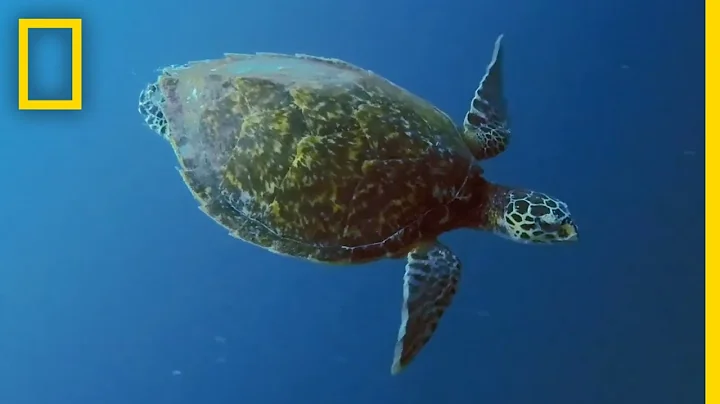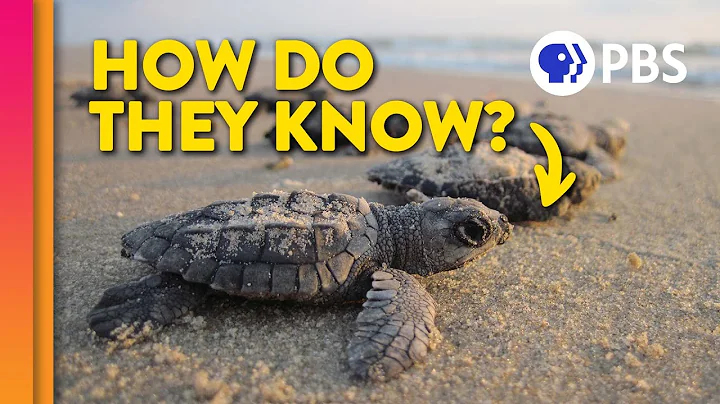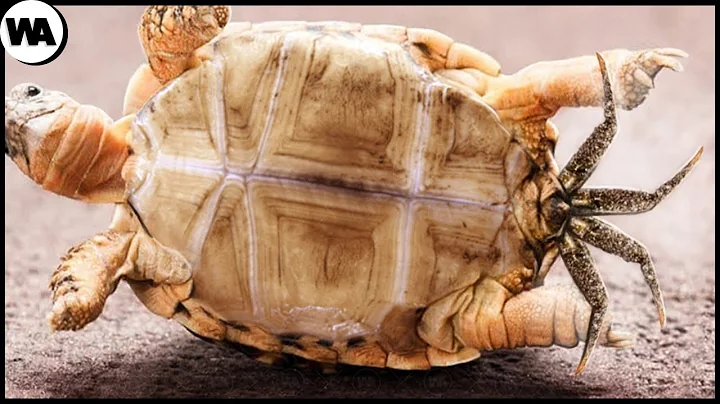How do turtles beat aging?

Turtles may not die as they age.
All humans die, but aging does not—at least not for some animal species
Sea turtles and tortoises age very slowly. In captivity, without the stress of finding food and avoiding predators, some may not age at all.
What's even more interesting is that modern humans have not yet reaped this benefit, despite living in a world with fewer daily survival challenges than the habitats of our early ancestors.
As modern people, we tend to live in very good conditions, so our environment will be close to ideal, but we still cannot reduce the speed of aging.
How sea turtles avoid aging is a mystery, but the secret may lie in their shells.
Aging and Death
Understanding this turtle's anti-aging abilities first requires a quick look at this puzzling concept: While death is inevitable, aging may not be. There are two views on age. One is longevity, or the maximum lifespan of a species. Scientists typically define longevity as the age at which 95% of adults in a population die. For humans, life span is about 100 years.
Another way of looking at aging is senescence. Aging is the decline of organisms as they age. This is easily seen in humans; as we age, our immune systems weaken, our bones become brittle, and our energy decreases. What's more, statistically, the likelihood of dying increases with age. A 50-year-old American man has a 0.48% chance of dying within the next year. An 80-year-old man has a 5.6% chance of dying within a year. For a centenarian, there is a nearly 35% chance that he will not ring the bell next year.
New research shows that this risk accumulates much more slowly in sea turtles and in some cases may not exist at all. In other words, in some species, age does not increase the risk of death. Eventually, all sea turtles will die, because even with a 1% chance of dying each year, the age-resistant reptile's population will inevitably rise eventually. However, whether a turtle is 5 years old or 25 years old, the chance of death may be the same, and in the case of some long-lived species, it may even be 125 years old.
Scientists have long noticed that sea turtles and tortoises have extremely long lifespans. This year, for example, a Seychelles giant tortoise named Jonathan turned 190, making him the oldest tortoise ever recorded and the oldest land animal on record. Research into sea turtle biology shows that sea turtles and tortoises are able to rapidly kill damaged cells and that they are resistant to DNA damage that accumulates as cells divide.
The Evolution of Aging
From an evolutionary perspective, the big questions are how turtles accumulated these incredible anti-aging abilities, and why the rest of us keep getting older. In these two new studies, researchers investigated this question in wild and captive turtle and tortoise populations.
About 75% of species age at a rate of zero or negligible. In some cases, there is large uncertainty about how quickly a species ages, but in other cases, the numbers are consistent around zero, meaning these species may age very slowly, or not at all. These long-neglected species include the Greek turtle and the black swamp turtle. The aging rate of Aldabra giant tortoises is negligible, and the average lifespan in captivity is particularly long, reaching 60 years or more. The Galápagos turtle, one of the species studied by scientist Charles Darwin during his 1835 voyage to the island of the same name, also has an average lifespan of over 60 years.
The second study, by another research team, looked at aging in wild populations. A long-held hypothesis as to why sea turtles age slowly is that because they are cold-blooded, they do not need to expend energy maintaining their body temperature, which may allow them to direct that energy toward cellular repair.
To do this, they had to collect data from multiple scientists around the world who tag, or tag, animals in wild populations and then go back year after year to see if they could recapture the animals. These long-term field studies are one of the few ways to understand the lifespan and demographics of wildlife.
To their surprise, the researchers found that cold-blooded animals did not age more slowly than warm-blooded animals; instead, cold-blooded animals showed broader effects of aging, with some animals aging faster than warm-blooded animals of the same size, and others aging less rapidly than warm-blooded animals of the same size. Slower. Across four taxa (frogs and toads, crocodiles, scaly lizards, turtles), at least one species in each group aged at a negligible rate. However, the sea turtles stand out.
There are some very consistent patterns in turtles, which is that they live long but age slowly.
Because cold-bloodedness couldn't explain this slow aging, the researchers tested a number of other possible factors that might explain why some species age quickly and others slowly. They looked at local average temperatures across each species' range but found different patterns: Hotter climates increased the rate of aging in reptiles but decreased the rate of aging in amphibians . They also found that longevity is associated with later sexual maturity, suggesting that long-lived, cold-blooded animals live at a slower pace.
How to die without aging
But one of the most interesting findings is that the cold-blooded animals that age the slowest also have the strongest defenses to protect themselves from predators. In particular, physical protection like shells is associated with lower aging rates.
Turtles' shells prevent them from being eaten, which means their mortality rates are lower than for animals without this protection. (Imagine the likelihood of a young box turtle surviving an attack by a fox, compared with the likelihood of a young rabbit surviving.) Low mortality rates across all age groups mean turtles are likely Live long enough to take advantage of their cellular protection against aging.
If many animals are eaten or die from disease. Not many people live long enough to benefit from slowing down the cellular processes of aging. In other words, protective traits may allow animals to live long enough to evolve to exert anti-aging protection.
Evolutionarily, this has potential parallels with humans, many of whom today live in comfortable environments with easy access to food and shelter - much like turtles in captivity. Turtles may seem enviable in their ability to age slowly, but humans are actually no slouch when it comes to longevity. Humans age faster than the average sea turtle, but much more slowly than many other species.
The biology of sea turtles and tortoises could help unlock the secrets of human anti-aging, but more research is needed to do that. We also need to do more work to understand the aging process in other animals. For example, there's not a lot of data on long-lived species, especially on whether the rate of aging in long-lived animals accelerates at some point.
Even if these fascinating species do not experience significantly increased mortality with age, some clearly incur the frailties of aging.





















